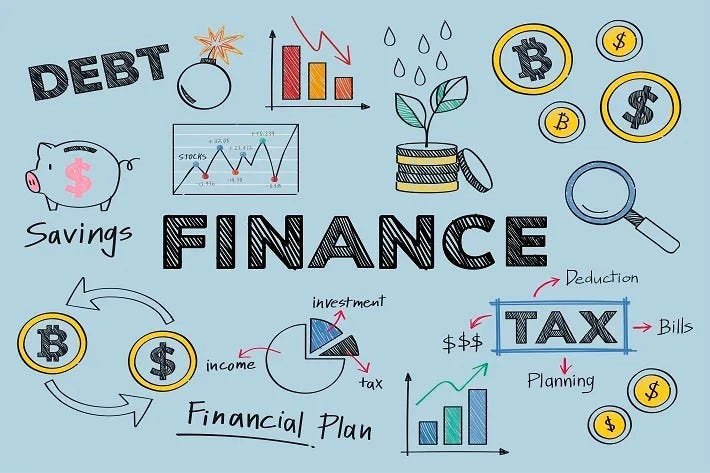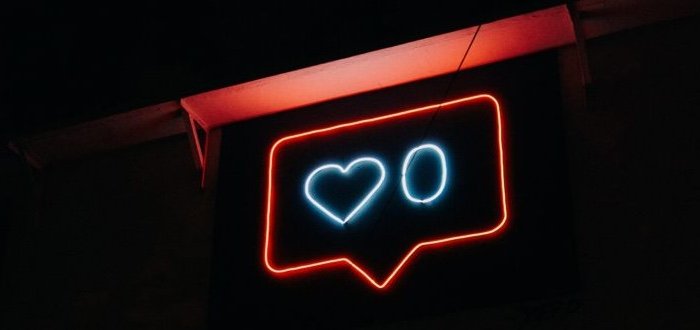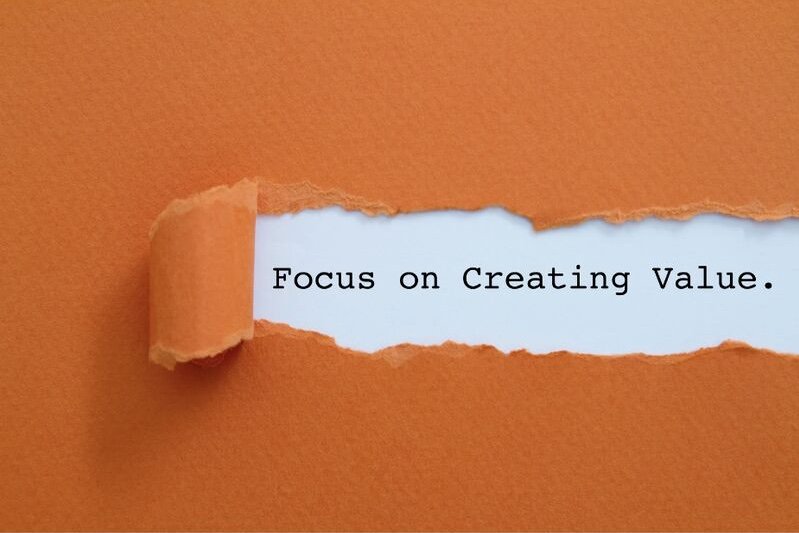All my mentoring and coaching sessions are about real-life issues, they are not about entertainment and my friends who I have spent any significant time with, are typically ones where I can have meaningful conversations. It's a transformative journey where individuals gradually find solace in vulnerability, reaching a stage where openness becomes the norm. I think we all have the capacity to be authentic and empathetic, unfortunately, too many people hide their compassion for others. Why? Perhaps out of fear or societal pressures.
The cornerstones of psychological safety
Timothy R. Clark’s book “The 4 Stages of Psychological Safety” highlights that at work, psychological safety is essential for employee wellbeing, engagement, and performance. There are four stages of psychological safety:
Including - Actively promoting diversity and ensuring that everyone's voice is heard and considered.
Learning - Encouraging a growth mindset and recognises that failure is an essential part of the learning process.
Contributing – This involves recognising and appreciating the unique strengths and contributions of each team member.
Challenging - Recognising that innovation and growth often come from questioning assumptions and exploring new ideas.
I think that each of these stages highlights a unique human need that exists across demographics, psychographics, and geographies. Contact me via e-mail for a confidential meeting about your organisations psychological safety efforts.
Sources of convictions
A stereotype is a social perception that categorises individuals based on their membership in a particular group or their physical attributes. It involves making a generalisation about a group and then attributing those characteristics to individual members of that group. This process simplifies and often distorts the understanding of individuals within the group, potentially leading to biases and discrimination based on preconceived notions rather than individual merit or characteristics. Where do you think these stereotypical beliefs come from?
Why do you think men are better at science than women?
Why do you think overweight people are unhealthy?
Why do you think Muslims are more violent than Christians?
I think by delving into these questions we will prompt reflection on the complex interplay of cultural, historical, and psychological factors that shape our perceptions and attributions of certain traits or behaviours to specific groups. Contact me via e-mail and let’s explore the underlying assumptions and biases that influence your societal perspectives.
Elevate your career
What do you really want to do, and why do you want to do it?
I think to bridge the gap between your current position and your desired outcome, it's crucial to identify the reasons behind your inaction. Let's be honest about the possible barriers:
1) Fear
2) Limited belief in your capabilities
3) Feeling overwhelmed due to anger or resentment
4) Bad habits
5) Lack of skills
Contact me via e-mail to book a coaching course.
Sometimes I wonder
Nowadays everything is reactionary with little or no perspective, it's all engagement driven. The concept of race, originally devised to foster division, impedes the unity of individuals based on common interests. When discussing ethnic communities, reference is made to groups distinguished by their national heritage or unique cultural norms. This encompasses diverse groups such as the Irish, Japanese, and Americans, as well as Jews, whose identity is often defined by cultural customs rather than solely their country of origin.
Acquiring fresh ideas
I think getting new, valid, and visible ideas requires effort as the creative process requires effort. Frequently, this inventive journey follows a cascade of ideas and thoughts that may seem disconnected and unrelated to the untrained observer. It takes a clear state of mind to see connections suddenly and serendipitously between unrelated concepts. Contact me via e-mail if you are interested in hearing more.
““There are three things that are extremely hard: steel, diamonds, and to know oneself.””
Understanding ageism
The most recent reports from the World Health Organization (WHO) describes ageism as encompassing stereotypes, prejudice, and discrimination based on age, affecting both individuals and groups across various stages of life and professional development. One can portray these components further to understand how age-based biases manifest in different dimensions:
- How we think? (stereotypes)
- How we feel? (prejudice)
- How we act? (discrimination)
I think ageism can affect individuals at every stage of their career and is prevalent across diverse industries and sectors. It’s a relevant diversity topic and in the future, we will see its impact on society as a whole.
How to influence perception?
Positioning plays a crucial role in defining how a product stands out in the market by delivering specific value to a well-defined group of customers. I think it's essentially about creating a distinct place in the consumer's mind where they perceive the product as uniquely addressing their needs or desires. Starting a conversation with a customer by discussing product positioning is strategic because it sets the stage for understanding the product's relevance and differentiation. By shaping the consumer's perception and expectations, product positioning provides context that answers fundamental questions:
– What is the product?
– What does it offer?
– And why should the customer care?
This context is essential for customers to grasp the value proposition and make informed decisions about whether the product aligns with their needs and preferences.
Financial choices
The concept of a wealth blueprint is grounded in a structured progression of steps, highlighting the interconnectedness of thoughts, emotions, and behaviours in achieving financial success. I think ideas lead to feelings, and feelings lead to actions, and subsequently actions lead to outcomes. And in order to achieve these goals, good behavioural habits will be required.
An immigrants journey podcast
My daily mantra encourages me to remain humble, grateful, and optimistic. I think we should all have an opportunity to participate in society, but right now we appear to be letting this opportunity slip away. I was recently interviewed by Mozhgan Gerayeli for her new podcast, “An Immigrants Journey,” and even though she forgot an “L” in Burrell, it may give you an insight into my Danish experience. See YouTube link here.
““If we free ourselves from expectation, the tension between what we want and what we receive will not be so acute.” ”
Our ability to navigate challenges
Things outside of you will not fix things inside of you if the things inside of you are broken. It’s a fallacy that achieving something outside of yourself will make you happy. For example, consider the story of Jan, who spent years chasing material success, believing it would bring him fulfilment. However, despite achieving great professional acclaim and wealth, he found himself plagued by a deep sense of emptiness and dissatisfaction. All of our problems come from within, but we persistently attribute them to external circumstances and biases. Even though I think it’s time to accept responsibility for our internal state and recognise that true happiness stems from within, independent of external achievements or circumstances. It’s important to highlight that internal factors, such as cognitive biases, emotional regulation, coping strategies, etc., all play a crucial role in how individuals perceive and respond to external circumstances, and this is supported by research in both cognitive and positive psychology. There are also external factors that can play significant roles in shaping individuals' experiences and challenges, for example, systemic injustices, environmental influences, and interpersonal relationships.
The mind always wants more
My favourite organ is the mind, and what truly captivates me is the internal sense of self and the intricate complexities of human behaviour. While advancements in various fields of medicine are consistently enhancing outcomes, mental health remains an exception. Despite the progress in neuroscience, we are witnessing an increasing number when speaking about addiction, depression, and suicide rates. I think this clearly, our current approach to understanding the workings of the mind is flawed. I have dedicated my entire life to unravelling the intricacies of human behaviour and understanding “blind spots.” I feel it’s my duty to connect the dots and bridge the gaps.
International Women's Day
We can do better
How does racism evolve?
I think racism is a learned behaviour. As children we learn that there is a hierarchical system based on gender, skin colour, religion, social class, and all of the messages convey an idea of superiority for certain societal groups. For example, Black people have been portrayed as inferior, as subhuman, as criminals, as stupid, etc. We are presented with all these narratives on a daily basis in the media, in literature, and in advertisements. This is how we learn from a very young age to internalise the view that being Black is something negative.
““No one is born hating another person because of the color of his skin, or his background, or his religion. People must learn to hate, and if they can learn to hate, they can be taught to love, for love comes more naturally to the human heart than its opposite.””
We are a visual species
Prejudice can be based on race and ethnicity, it can also be based on other factors like power, social class, or prestige. We all have a lot of stereotypes based on skin colour but the same is not true of eye colour. I think that both eye colour and skin colour are genetically driven, so why do we attach a different meaning to skin colour than to eye colour?
Why do you wear a safety pin?
I saw trend forecaster, Li Edelkoort in November 2016, just after Trump was elected and the confirmation of Brexit. Li predicted that we will see more people wearing a safety pin as a symbol of support to those who might be in danger of attack by some group or individual against another, based on their race, ethnicity, religion, sexual identity, range of ability or other category. I have worn a safety pin ever since as I firmly believe that there is no room for hate, unfortunately, the trend never caught on. Have a super day…
Not all disabilities are visible
When you look at people with disabilities, it’s a very big group especially when you think that not all disabilities are visible. What are you doing to reflect that part of diversity in your workplace? You have to look at the lack of accessibility and look at how to create accessible solutions, as having diversity in the people who create those solutions keeps you honest. Contact me via e-mail when you are ready to discuss how to be part of the modern workplace.
Focus on creating value
In sales, our compensation is directly tied to the opportunities we generate and successfully seize. If we are not actively creating, capturing, or closing deals, we're not fulfilling our role effectively. It's crucial to recognise that our customers often find themselves in stagnant situations, requiring us to innovate and deliver superior value. As a sales professional our task is to navigate this scenario, devising strategies to secure meetings and effectively communicate the benefits we offer. I think your number one goal in sales is to make your customer as successful as possible, and if your motivation is to make your customer win, then you will always win in sales.
Pushing your comfort zone
I love engaging in conversations with individuals whom others might not expect me to engage with, such as racists or misogynistic men. I find it intriguing to delve into their perspectives as I am genuinely curious about the underlying reasons for their beliefs. I think by understanding the motivations behind their thinking, we can work towards a wider understanding and appreciation of diverse viewpoints. Perhaps you should also consider trying it, as variety is the spice of life, and pushing your comfort zone can help us all demonstrate tolerance when faced with opposing viewpoints.
““Move out of your comfort zone. You can only grow if you are willing to feel awkward and uncomfortable when you try something new.””
Satisfy your interests
Diversity, Equity, and Inclusion (DE&I) can be divided into two distinct parts, positions and interests, as they serve as the profound lens through which we understand human dynamics. Positions are the things we say we want to achieve within DE&I initiatives, for example, advocating for equal pay, diverse representation in leadership, or implementing inclusive policies. However, beneath these explicit stances lie the intricate web of interests: the intricate tapestry of motivations, insecurities, aspirations, and historical contexts that shape our perspectives and fuel our advocacy. On the other hand, interests delve into the nuanced nuances of human experience, exploring the depths of our collective psyche to uncover the underlying desires for belonging, respect, and fairness. They are the silent orchestrators of our outward expressions, guiding our choices and actions as we navigate the complex terrain of diversity and inclusion. I think to truly comprehend the essence of DE&I efforts, one must excavate beyond the surface-level declarations of positions and delve into the rich landscape of interests, where the true essence of human connection and understanding resides.




















